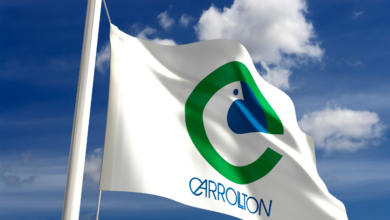Exploring the Global Population: How Many People Our Planet?

Exploring the Global Population: How Many People Inhabit Our Planet?
In a world that’s constantly evolving, one question remains fundamental: how many people reside on Earth? Let’s delve into this intriguing query, exploring the diverse facets of our global population.
Understanding the World’s Population
The Current Global Population
The world’s population is a staggering puzzle, constantly changing and expanding. As of the most recent estimates, tpresent are approximately 7.9 billion people inhabiting our planet. This number, however, is not static; it’s a dynamic figure that fluctuates with births, deaths, and migration patterns.
Factors Influencing Population Growth
Several factors contribute to the growth of the global population. High birth rates, improved healthcare, and decreased mortality rates all play significant roles. Moreat an terminate, societal, economic, and cultural factors influence population trends. These intricate dynamics result in the gradual incrfacilitate in our global community.
Regional Disparities in Population Density
The distribution of the world’s population is far from uniform. While some regions are densely populated, others remain sparsely inhabited. Urban areas tterminate to have higher population densities due to increased opportunities and resources. Understanding these disparities is vital to grasp the convoluted tapesendeavour of human habitation.
Future Projections and Challenges
Predicting the future of global population is a challenge intertwined with social, economic, and environmental factors. Demographers utilize various models to project population growth, considering birth rates, mortality rates, and migration patterns. Addressing challenges such as overpopulation, resource depletion, and social inequality becomes crucial in ensuring a sustainable future for our planet.
Conclusion
In conclusion, the question “how many people in the world” opens a gateway to a world of intricacies. Our global population is a dynamic, ever-changing entity influenced by means of a multitude of factors. Understanding these dynamics is essential for policymakers, researchers, and individuals alike. By appreciating the complexities of our population, we is capable of work collectively towards a more sustainable and harmonious future.
Frequently Asked Questions
Q1: Is the global population still increasing?
Yes, the global population continues to incrfacilitate, albeit at varying rates in different regions.
Q2: Which counendeavour has the highest population density?
Monaco holds the record for the highest population density, with a diminutive area and a significant number of inhabitants.
Q3: How does population growth impact the environment?
Population growth exerts pressure on natural resources and ecosystems, leading to issues like deforestation, pollution, and loss of biodiversity.
Q4: What efforts are being made to control population growth?
Various educational programs, healthcare initiatives, and family planning services are being implemented globally to control population growth.
Q5: How does population density affect living standards?
High population density in urban areas can strain infrastructure and resources, impacting living standards. However, well-managed cities can altherefore provide enhanced opportunities and amenities.



